Table of Contents
If you are passing through a rural area in Canada or you're planning to stay, but you face weaker signals or difficulty trying to stay connected to the network like everyone, but don't have a reliable source of connectivity. This comprehensive guide of 2025 will offer you the most up-to-date and amazing solutions that can permanently eliminate your worries while travelling or staying in a rural area of Canada.
Staying connected to the network while in a rural area is more important because in case of emergencies, that can be life-threatening if you don't have a reliable source of network to contact the services.
This guide covers the most actionable solutions presented up to date, and also the important recommendations for Canadian people who travel a lot or live in a remote region with poor network services.
Why Is Cell Signal Weak in Rural Canada?
It is due to the very low coverage amount of phone towers and Limited structures to provide strong signals in these regions. Canada has approximately 17.8% of its population living in rural areas, which is still a lot and makes Canada one of the countries with the highest rural population growth rate.
But still, there is a very low percentage of cell phone towers and other structures that can provide a reliable source of network to the community, which makes daily life very difficult and concerning in case of emergencies.
Cell phone weak signals can also be due to geographical, economic, and technological constraints that are limiting the overall network provision in rural areas.

Sparse Cell Tower Infrastructure
As I said earlier that the most critical part to provide a reliable source of network is a cell tower infrastructure. Cell full structures or Towers can only be created in a place that has a much safer environment for them.
Rural areas or mountain ranges often have extreme weather temperatures, which can cause the tower to malfunction or be damaged sooner, which increases its maintenance and support.
Now, let me give you some reasons for poor network coverage due to a lack of Towers in the area:
Fewer Towers per Area
In Canadian urban centres, we have cell phone towers ranging from 2 to 5 km away that provide amazingly fast network coverage to all the citizens. But in the rural areas, the spacing can increase up to 30 to 50 km or even more in the more harsh and low population areas.
Economic Reality
We all know installing a cell phone tower costs a lot. Installing a cell phone tower in an urban area is less costly compared to a rural area because the maintenance cost will be doubled or even tripled due to harsh weather conditions.
Prioritization of Urban Areas
All cell phone network providers want a bigger market, so their priority is the urban areas where the population is in large numbers. We can simply call it that the larger number of customers attracts the network providers.
Funding Gaps
Again, the economic factor is very important because the government is more likely to invest in areas with a larger population. The programs like the Universal Broadband Fund (UFB) and Federal rural connectivity incentives are very slow in terms of nationwide impact, which can also cover the rural areas.
Land and Legal Delays
Progress can be slowed due to land or legal delays because the Tower placement offer requires total inspection and assessments of the environment, municipal approvals, and indigenous consultations. All of these factors are contributing to very slow progress in Canada to provide good network coverage in rural areas.

Geographical Challenges
Canada has a diverse geographical landscape featuring mountains, plains, and forests. All of these factors are serious challenges for installing new cell phone towers, due to obstructions, which require a lot of investment. Here are some of the key points to keep in mind:
Rugged Terrain
Mountain ranges in Deep Valleys can cause weaker signals because they act as an obstruction. Signals travel in waves, often in a straight line of sight. These can be easily disturbed or weakened by rugged terrain.
Dense Forestry
The thick, lush, and natural boreal forests of Canada are one of the largest obstructions in wild rural areas.
Seasonal Factors
Winters in Canada are often Harsh in rural areas as ice buildup can affect antennas' performance, whereas in summer, unwanted foliage can grow to cause more problems to existing structures in these areas.
Remote Islands and Coastal Regions
The remote Islands of Canada or the coastal regions have some minimal access to the network due to fewer towers or the largest distance between networking Towers.
For example, in Northern British Columbia, a single Tower covers a radius of about 50 km. The range of mountains and rough terrain creates "dead zones" or "shadow zones" where signals completely disappear.

Longer Distances from Towers
As we all know, the further we are from a cell phone tower, the weaker the signal will be. Because signals travel in waves and usually have a range according to their structure and the Antennas used in them. Here are some of the factors that we can look up:
1. Signal Attenuation
Networking or radio signals lose strength over distance as they travel through the air. This distance is according to the antenna placed on a tower. The latest high-frequency bands like 5G and LTE are weaker.
2. Coverage Gaps
As you discussed earlier, the distance between two networking Towers mattress a lot, as if they are way too far there will be dead zones without or weaker signals, which causes trouble mostly in rural areas because the Antennas and Towers have been placed for apart than in urban cities.
3. Multiple Carrier Differences
The service providers or carrier providers' differences in Towers can also cause networking issues. As an example, let's say Bell has a tower within 20 km in range where whereas Telus' nearest tower is 50 km away. Telus users will experience network lag and consistent disruption.
4. Line-of-Sight Problems
In rural areas, there is less space to install a tower. It should always be installed on higher ground to avoid line-of-sight problems. If the tower is allocated on the lower ground and has high mountains or hills around it, the signals could not travel over them, as some of the antennas used in Canada only work in a straight line of sight.
Building Material Interference
Building materials matter when making a structure for a phone tower to provide the best results. Also, the material installed in your home is sometimes responsible for weakening the signals or completely blocking them. That is why, in most cases, we could not find any signal in our basements.
1. Metal Roofing & Siding
Installing a metal roof or siding inside barns, cabins, and homes is very common in rural areas of Canada. These metal roofing or walls can completely block signals due to their function, which is to protect from a harsh environment.
2. Concrete and Log Walls
Thick concrete walls and log cabins with heavy structures can cause weak signal problems in rural areas. But these are necessary for safety against the harsh winter season, especially in Canada.
3. Low-E Windows
A recent study has shown that modern energy-efficient Windows, also known as “Low-E Windows” with metallic coatings, can easily block up to 99% of RF signals, which are the same signals that provide us with the phone network.
4. Remote Work Impact
Due to all of these factors, in rural areas, many homes and offices experience zero reception, and you have to step outside to be able to access the network. All of these problems can be easily resolved by using a cell phone booster, as the antenna will be installed outside, and the receiver can provide you with amazingly fast network service.

Weather and Environmental Factors
Weather and environmental conditions can impact on networking service even if you are located close to a tower. Canadian rural areas have very extreme weather conditions, especially in winter, as ice buildups can cause serious trouble to networking towers.
1. Heavy Rain & Snow
Heavy rain and consistent snow can cause weak signal issues as they act as an obstruction because the signals travel in waves. The LTE and 5G signals are affected mostly due to these weather conditions, as they have a low range radius.
2. Dense Fog
Dense fog in winter can disrupt the network signals, as fog is essentially water. These droplets or vapour condense in the area, which, in a gaseous state, can still seriously affect the wireless signals.
3. Wind & Ice Damage
Ice build-ups in winter can cause the antennas to lose their alignment and reduce their strength without daily maintenance. Same in summer, heavy winds can permanently damage the networking antennas, potentially reducing their radius.
Carrier Technology Limitations
Different carrier providers use different technologies to deploy the signal frequencies. Not all carriers deploy the same frequency bands, especially in rural areas.
- Low-band signals like 700 MHz can travel farther and handle obstacles better but are slower, especially in rural areas where towers are fewer towers and these signals are relied.
- In many rural regions, 5G has not been deployed or is limited to low-band DSS (DynamicSpectrum Sharing), providing only minor improvements over LTE.
- It also depends on the tower nearby. Some rural towers in Canada are still operation with 4G or even older frequencies, which newer phones can access but at slower speeds.
4 Proven Methods To Boost Signals in Rural Areas
1. Install Reliable Cell Phone Signal Booster - Best Long-Term Solution
A reliable cell phone signal booster like HiBoost in rural regions of Canada is one of the most effective and popular ways to improve mobile coverage. With warranty and long-range signal-capturing abilities, such boosters keep you connected with friends and family in rural Canadian areas. Here's how they work:
- Captures weak outside cellular signal with an external antenna.
- Amplifies the signal using a booster unit installed inside your building or vehicle.
- Rebroadcasts the strengthened signal indoors or throughout your property.
Benefits of Using Cell Signal Boosters in Canada - HiBoost Booster
Capture Weak Signals: The biggest advantage of using a cell signal booster is that it helps capture weak signals and amplify them, and send them to your devices. If you are rural area of Canada, a phone signal booster like HiBoost is crucial for staying connected with the world.
Covers Multiple Devices: A HiBoost signal booster supports several phones, tablets, and other devices at once.
No Internet Required: Functions independently of WiFi or landline connections. You don’t need to connect to the internet directly. It also works to capture signals from nearby cell signal towers.
Best for Remote Locations: HiBoost cell signal boosters are ideal for homes, cabins, farms, and off-grid setups. They provide long-range signal capturing and delivering, including 5G signals.
2. Switch to a Carrier with Better Rural Coverage
Not all carriers are created equal in rural Canada. Coverage maps differ; Bell may have the edge in one location, while Telus or a regional carrier is stronger elsewhere. You can optimize your signals with the following tips:
- Visit each major carrier website and examine rural/northern coverage layers.
- Ask your neighbours or local businesses, as they know more. First-hand feedback on which provider delivers the strongest, most consistent signals.
- You can also test prepaid SIMs. Many carriers offer low-cost, no-contact prepaid SIMs, ideal for testing before committing.
- Consider MVNOs, which are small resellers. Receller brands may piggyback on major networks in competitive rural areas.
3. Use WiFi Calling (If Available)
Because the internet is essential nowadays, most of the major companies are covering Canada and providing their services even in the remote areas of the country.
- Instead of relying exclusively on cellular towers, calls and texts are routed over your home WiFi connections.
- Make and receive calls using the same phone number.
- It provides seamless call quality indoors, even if there are no cell signals.
- Register your emergency address with your carrier for E911 service.
- Ensure your home internet is stable, with at least 1Mbps upload/download speed per active call.
All these tips will help you to stay connected with your family and friends and with the emergency services in case of any emergency.
4. Move to a Higher Ground or Signal Spot
In case of any emergency, you must move to higher ground to get signals. Sometimes, you are in mountainous areas with no ground signals. The best way is to move to higher ground to get maximum signal strength.
- Signal Strength increases with elevation. You can go to your home roof, balcony, hilltop, or even an upstairs window can provide better reception than ground level
- Scan for a hotspot nearby. Signal can vary dramatically even within a few meters.. Move around with your phone’s signal bars visible.
- Position yourself near a window or outside wall facing the closest cell tower. This might help you capture the signals effectively.
Pro Tip:
Consider installing a simple external antenna with a cable running inside to create a hotspot zone where you get reception even if the rest of the building has none.
Conclusion
With the right booster like HiBoost, you can strengthen weak cell signals and stay connected with your friends and family in remote areas or while you are travelling to beautiful mountains. Today’s technology, boosters, WiFi calling, and smart carrier choice make rural connectivity more reliable than ever in Canada. Try reliable Cell Boosters like HoBoost Canada.
Frequently Asked Questions (FAQ)
Q1: Are cell phone boosters legal in Canada?
Yes. Cell phone signal boosters are legal in Canada as long as they are approved by Innovation, Science and Economic Development Canada (ISED). HiBoost boosters are fully ISED-certified.
Q2: Do signal boosters work with 5G in rural Canada?
Yes. Modern boosters, including HiBoost models, support 5G, 4G LTE, and 3G networks. However, performance depends on the availability of carrier coverage in your area.
Q3: What is the best cell phone booster for rural homes in Canada?
For rural houses and cabins, HiBoost 10K Smart Link and HiBoost 15K Deluxe are highly recommended, as they cover large areas and support multiple devices.
Q4: Which carrier has the best rural coverage in Canada?
Coverage varies by location. Bell often has wider rural coverage in Eastern Canada, while Telus is strong in Western regions. Rogers covers major highways and urban-rural edges. Always check your local coverage maps before choosing.
Q5: Can boosters survive Canadian winters?
Yes. HiBoost outdoor antennas are weatherproof and designed to withstand extreme Canadian winters, including snow, ice, and high winds.
Recommended Reading
Do Cell phone Boosters Work in Canada? Best Working Cell Boosters 2025
How To Boost Your Phone Signal for FREE: 15 Effective Methods
How to Fix a Dead Zone: 9 Proven Tips to Get Cell Service Anywhere
Do Cell Phone Boosters Work for Cars in Canada? (2025 Guide)
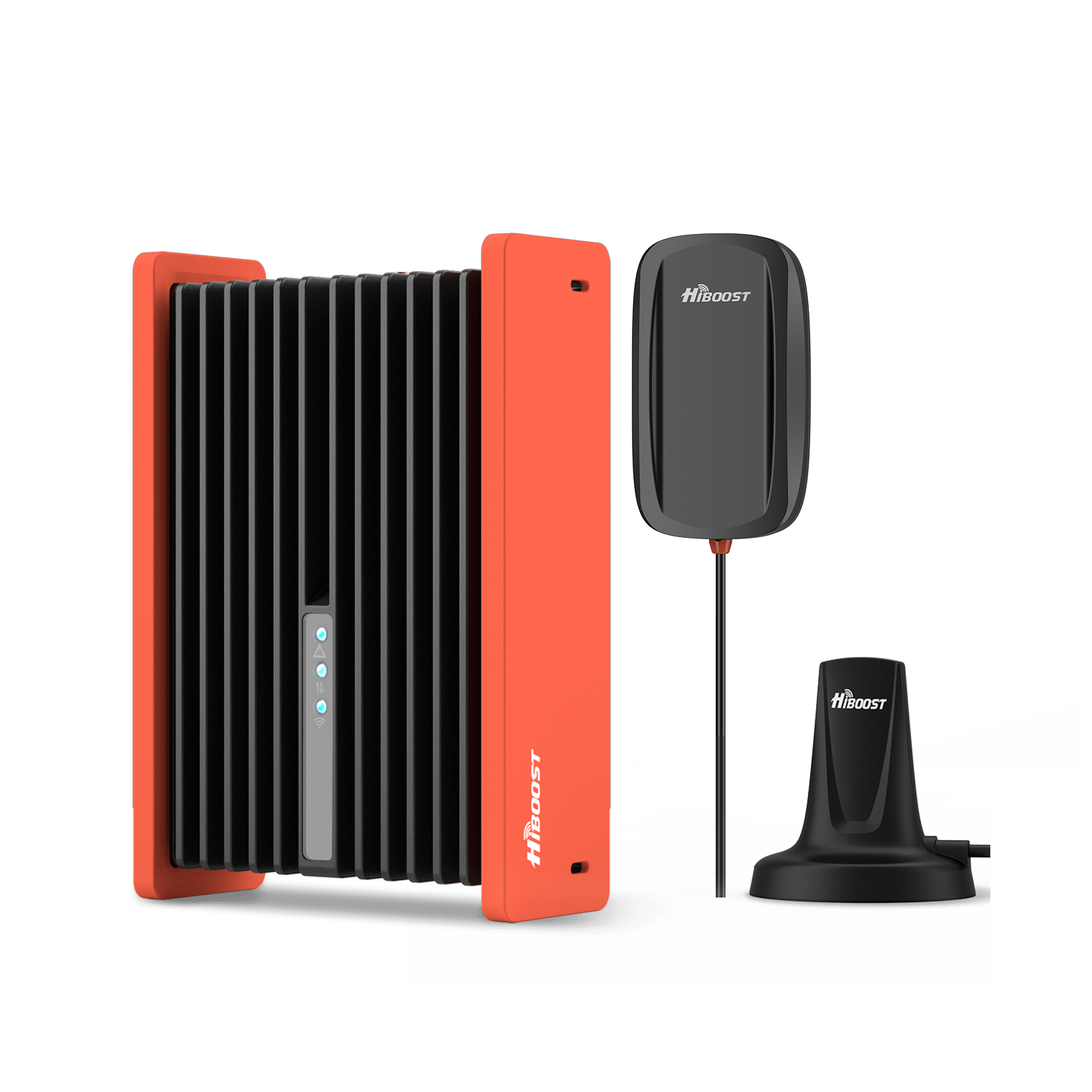
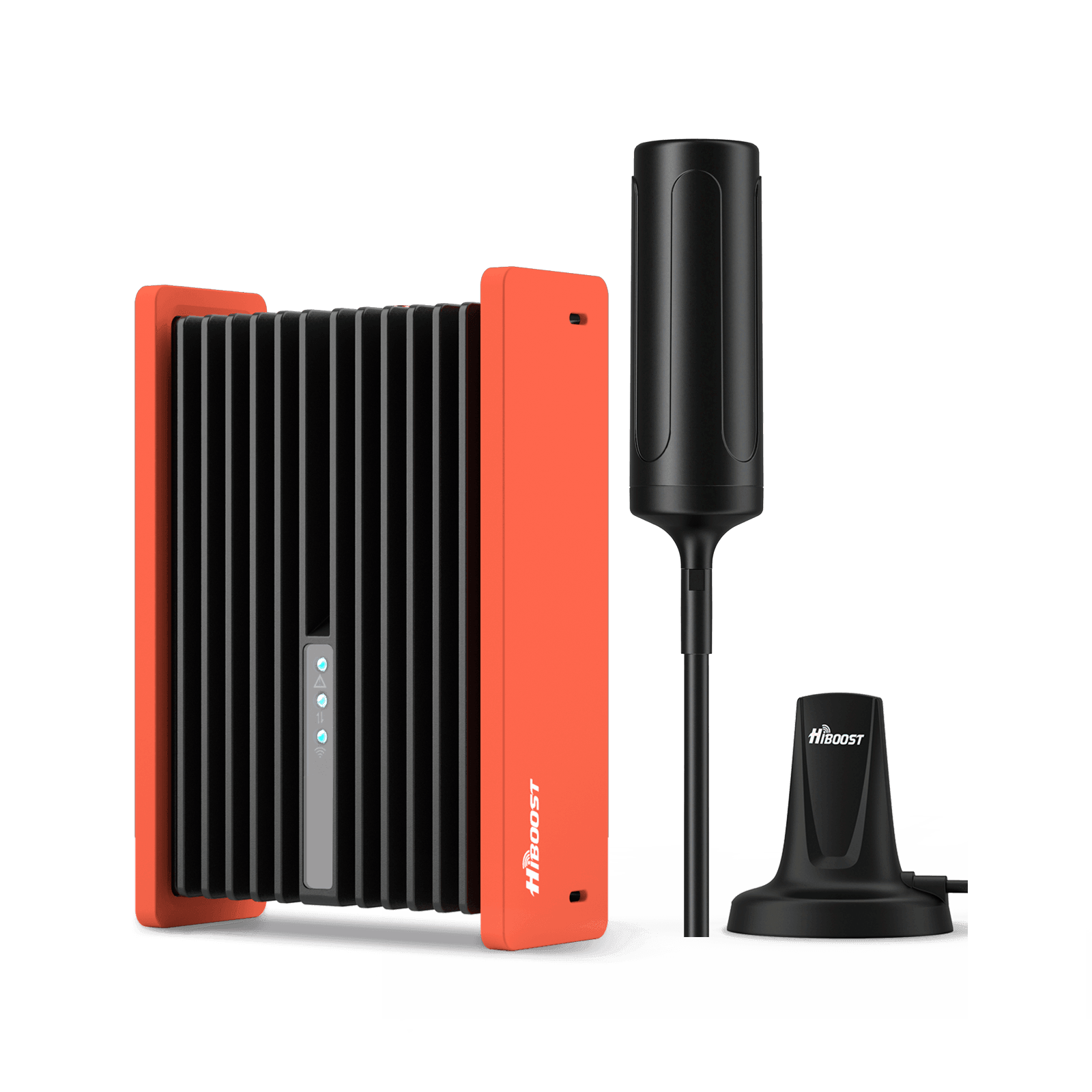
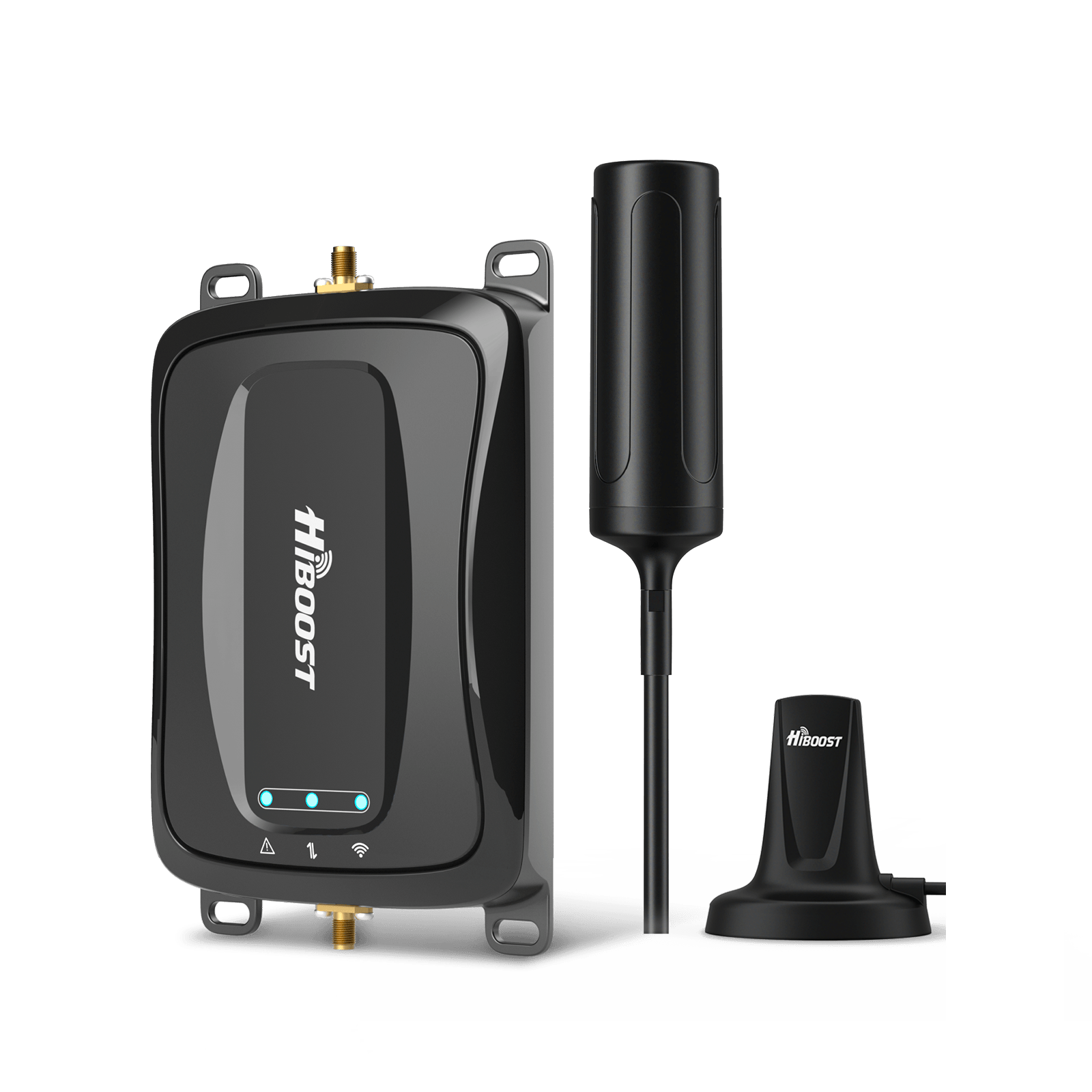
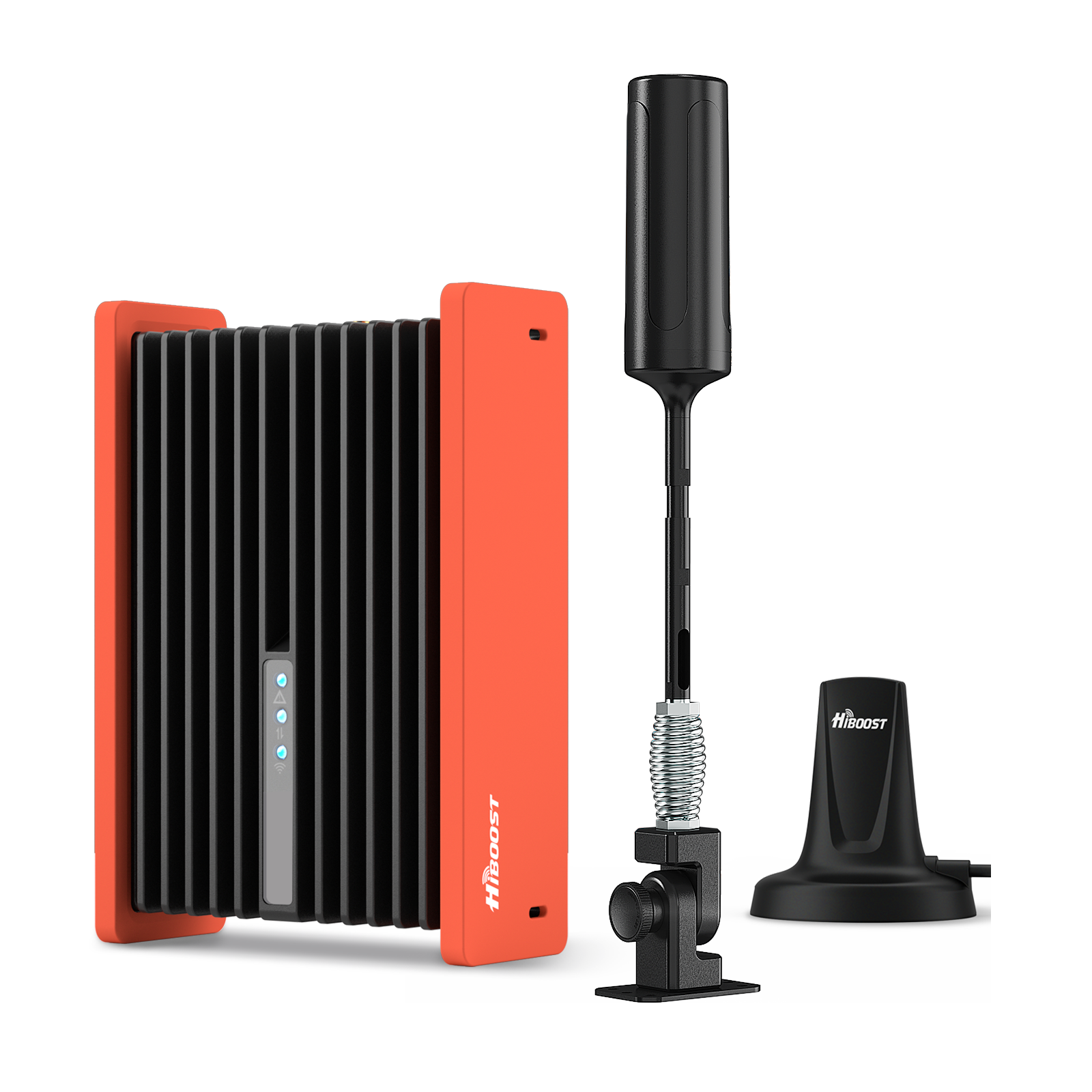
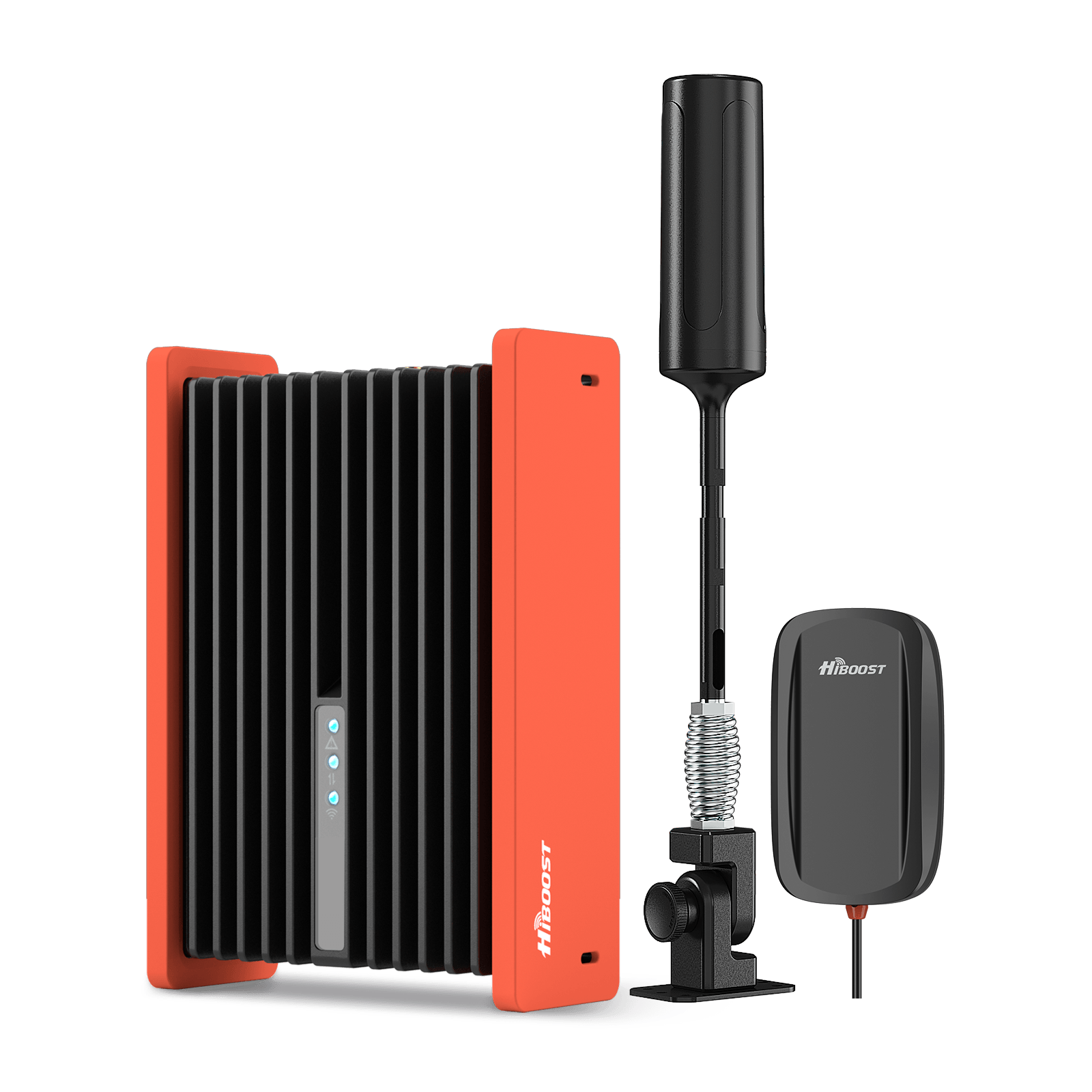
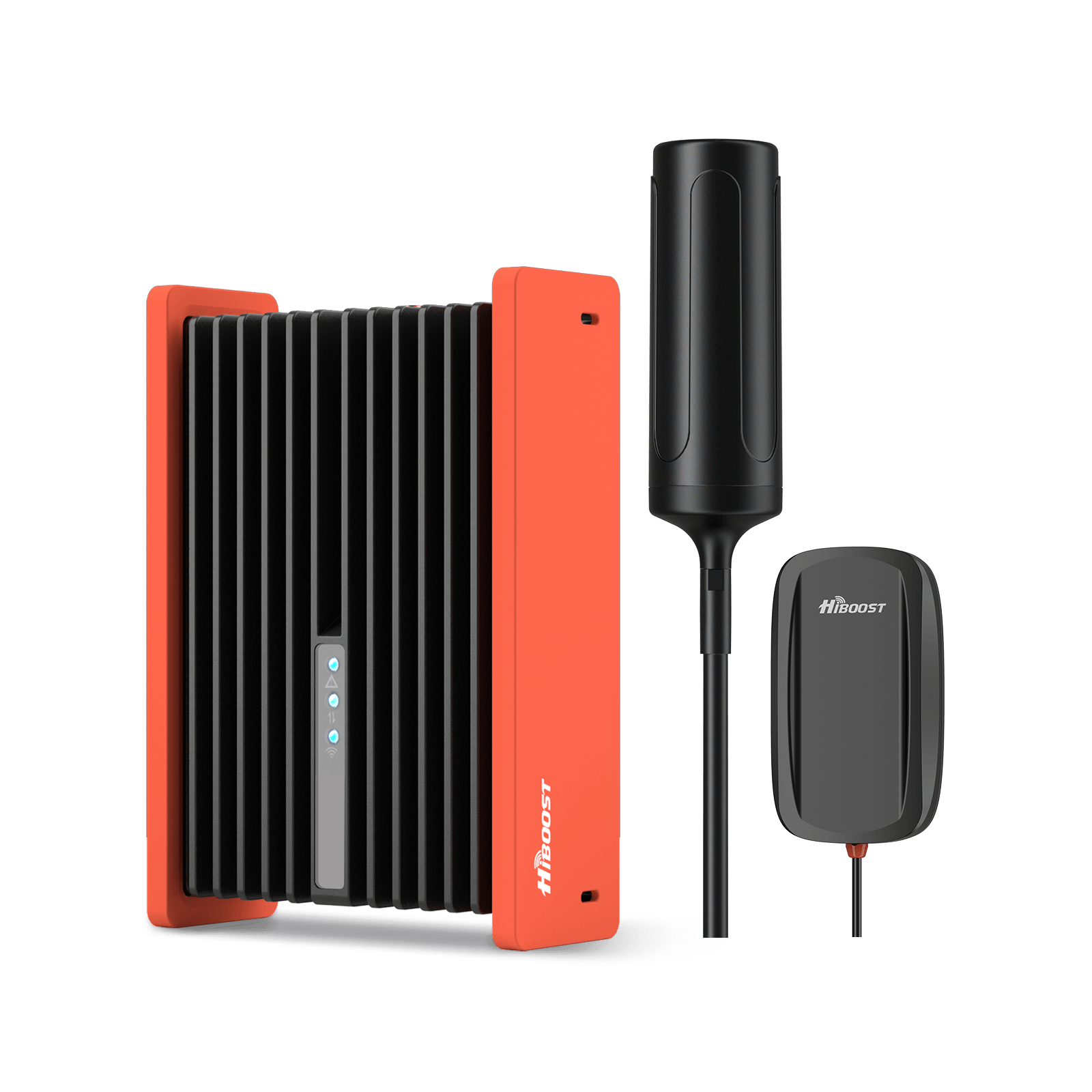
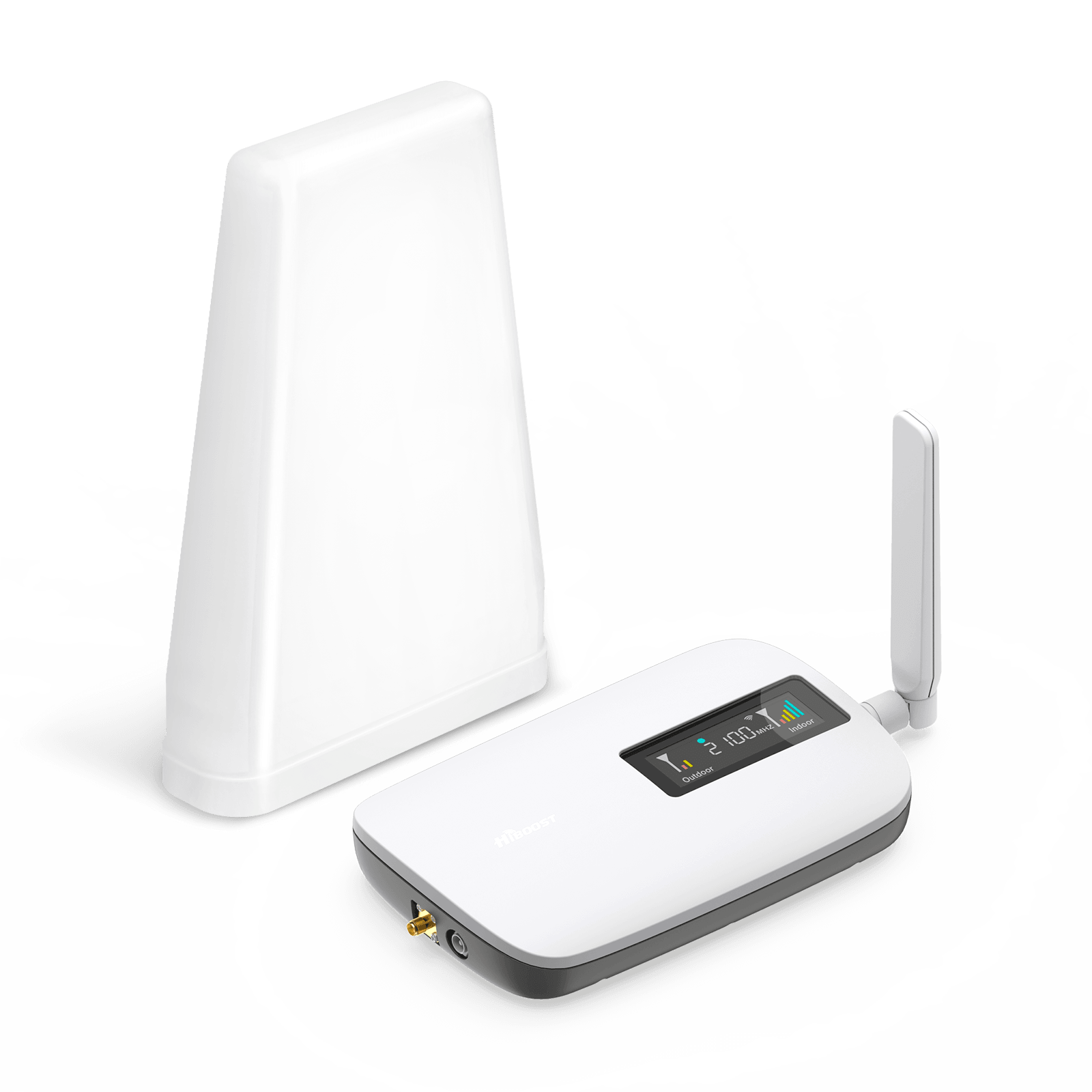
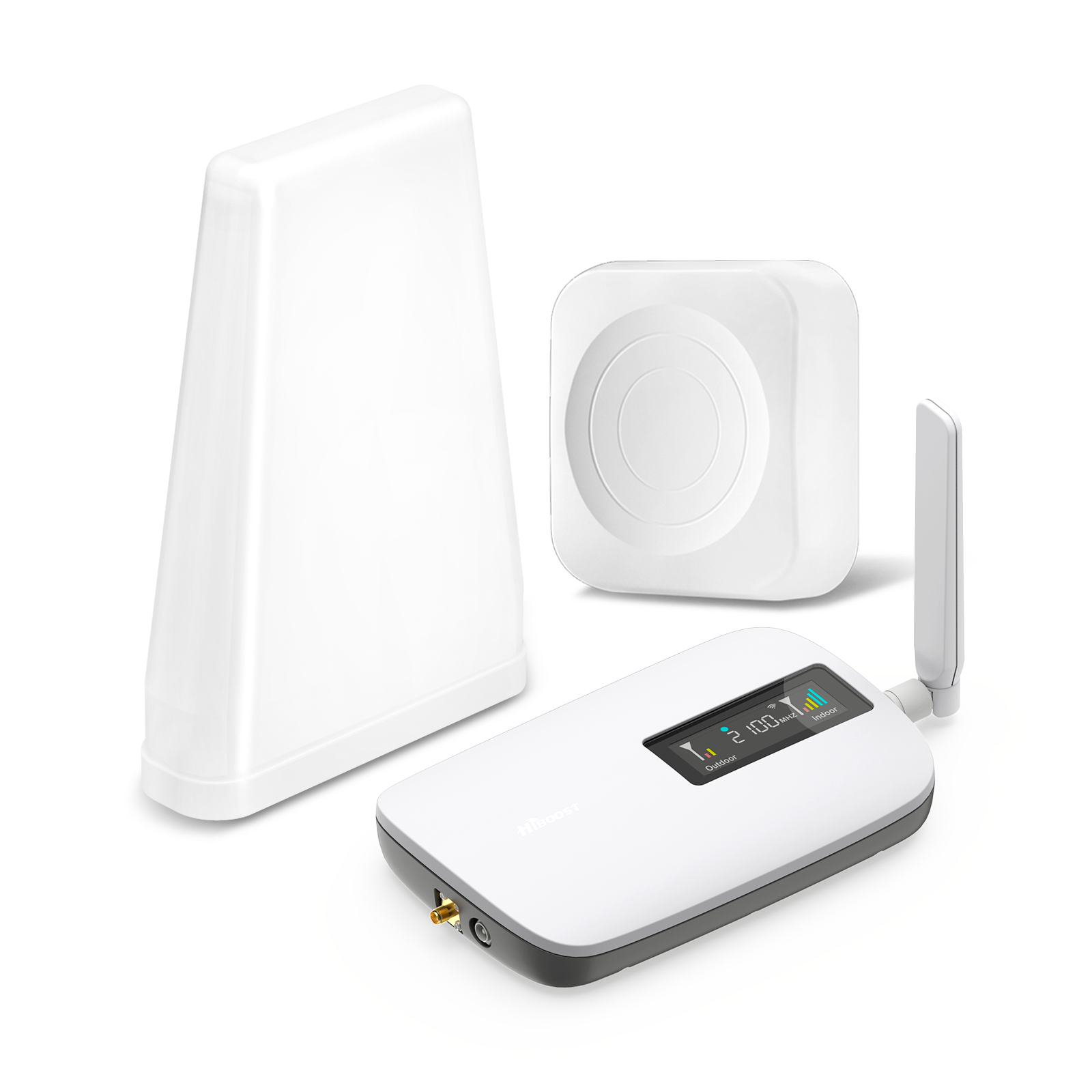
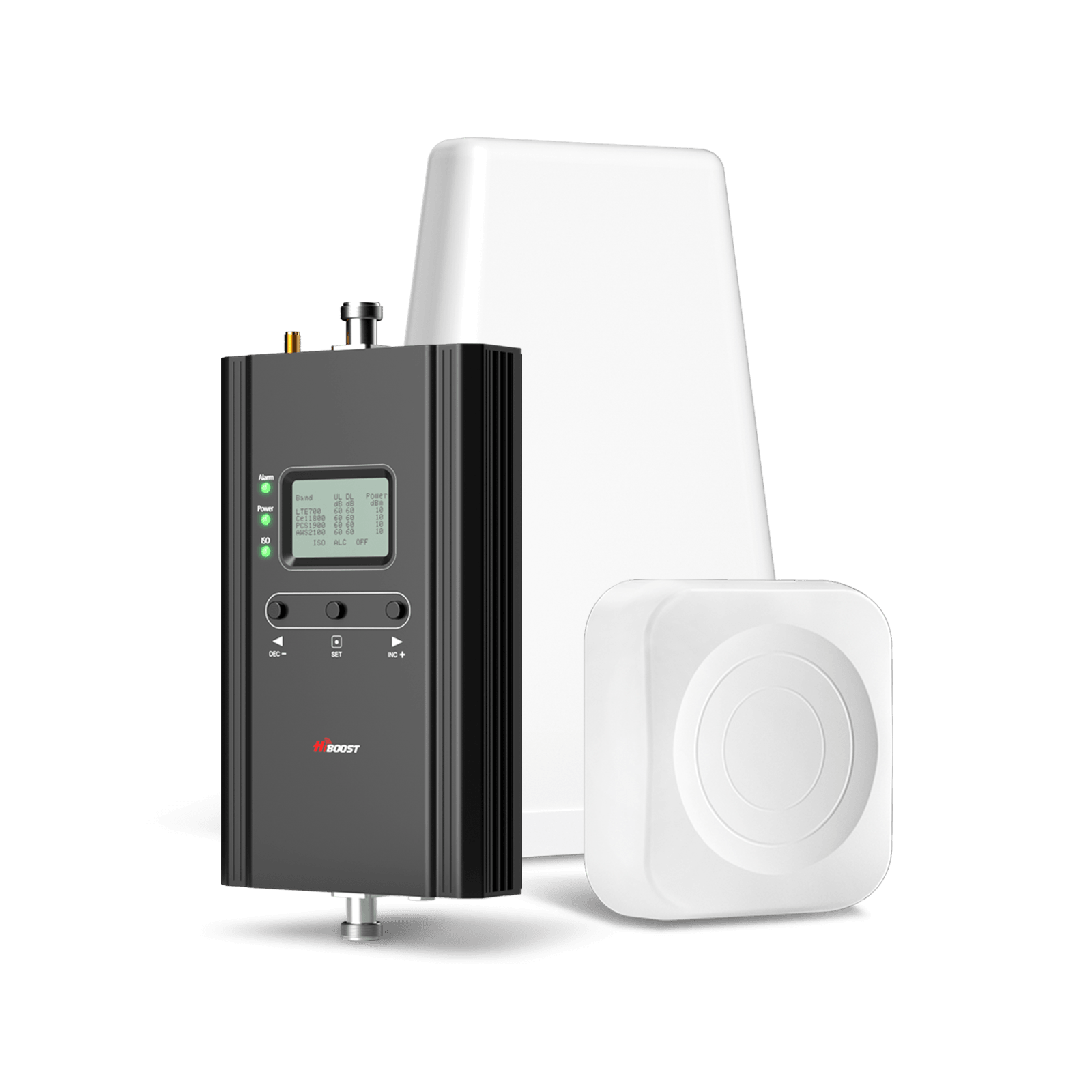

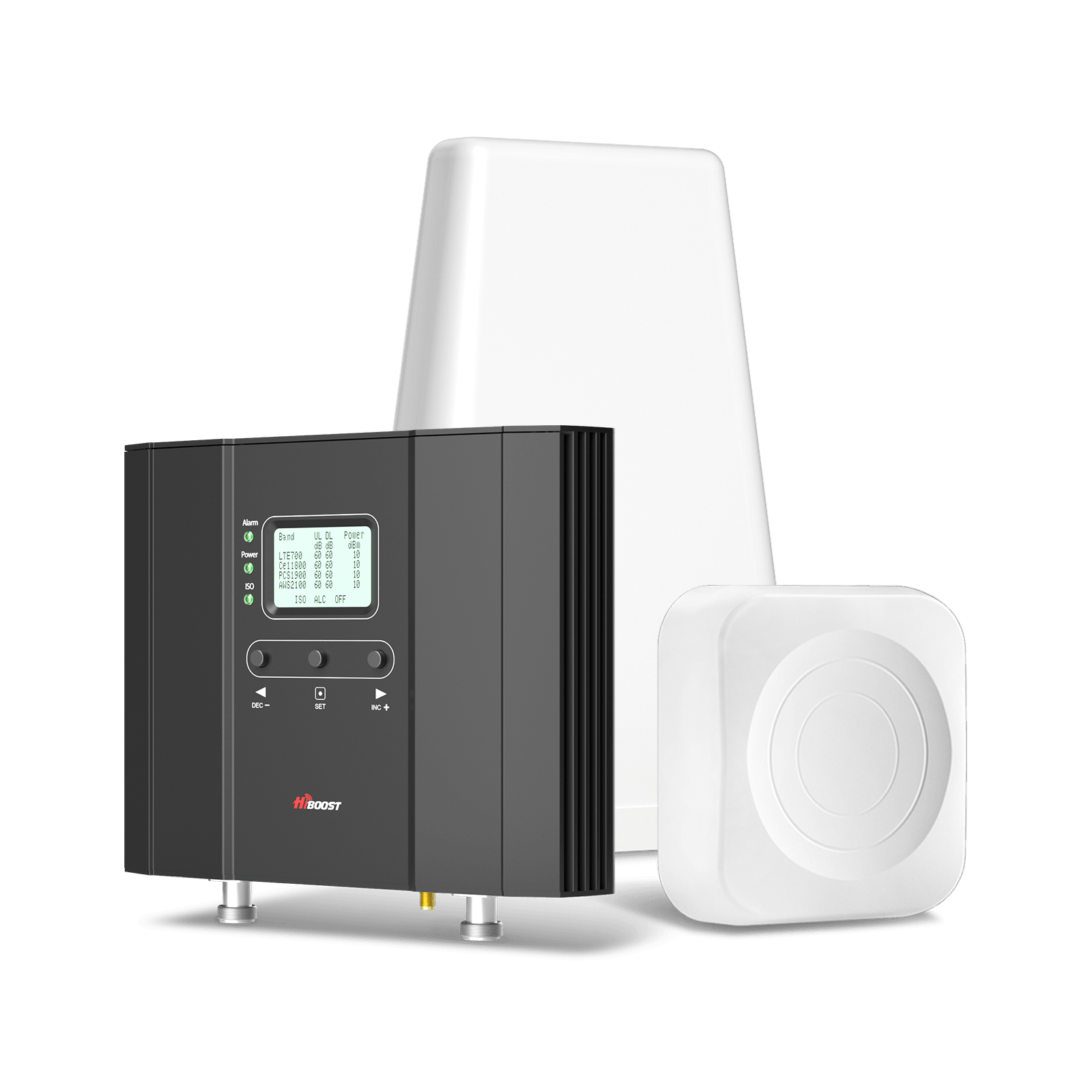
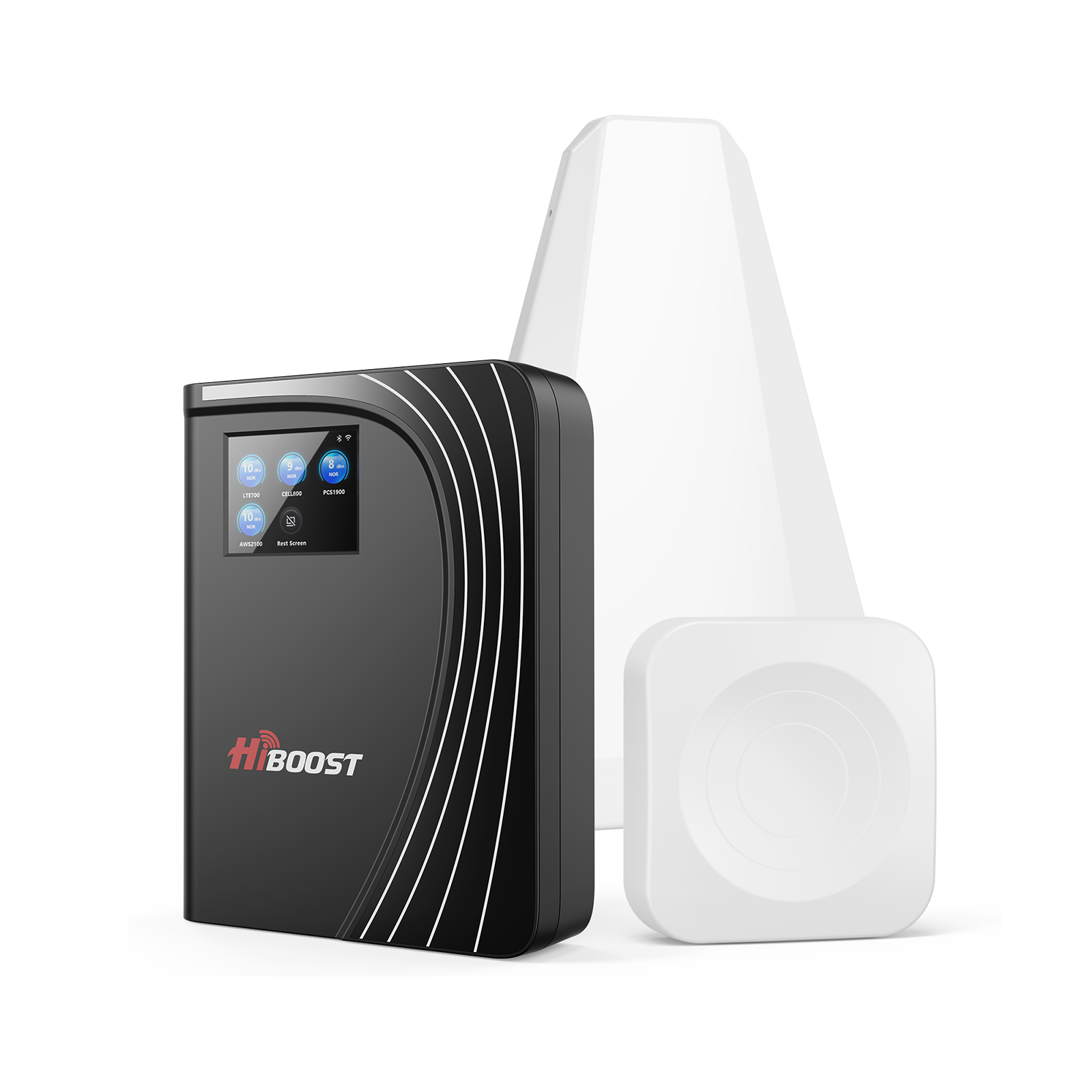
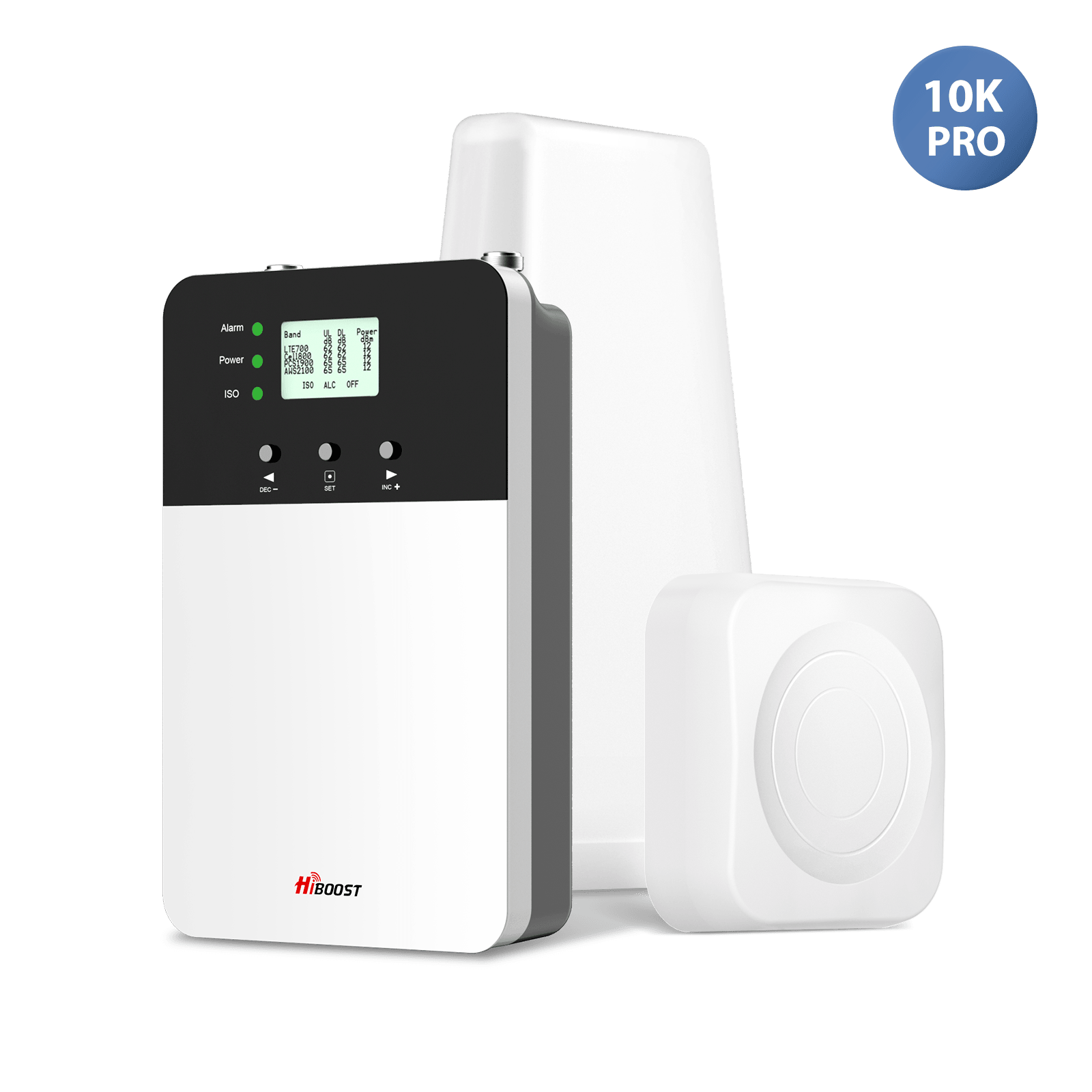
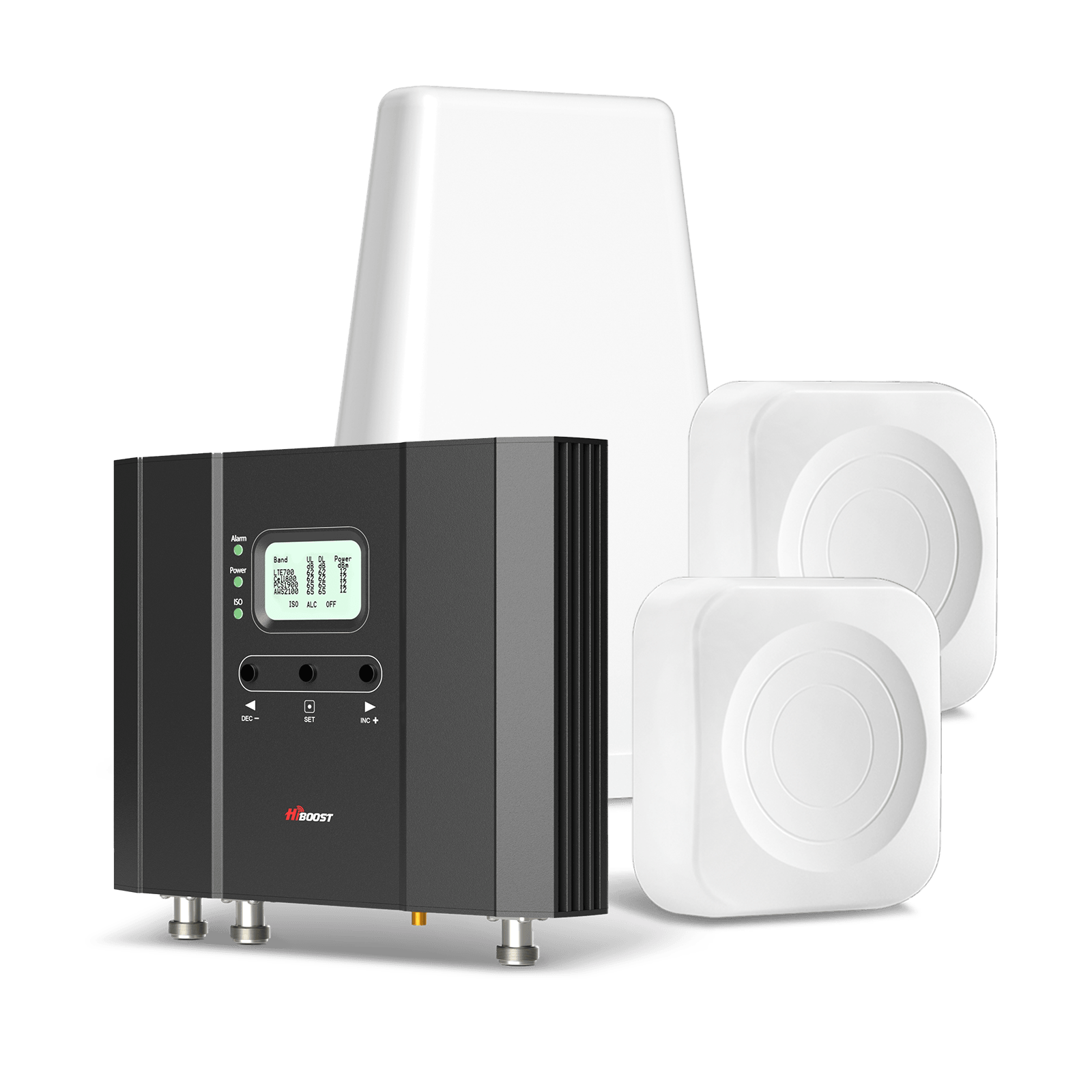
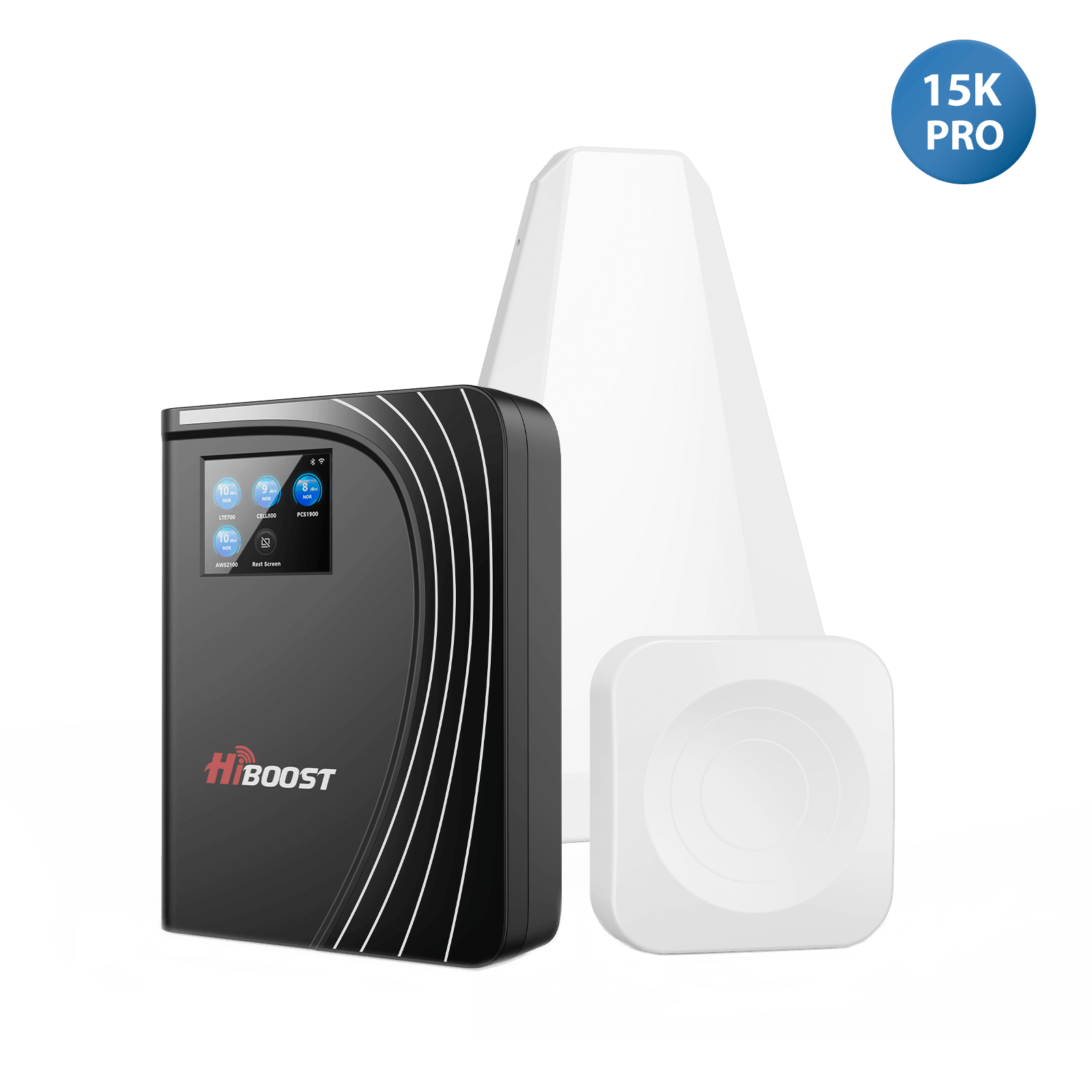


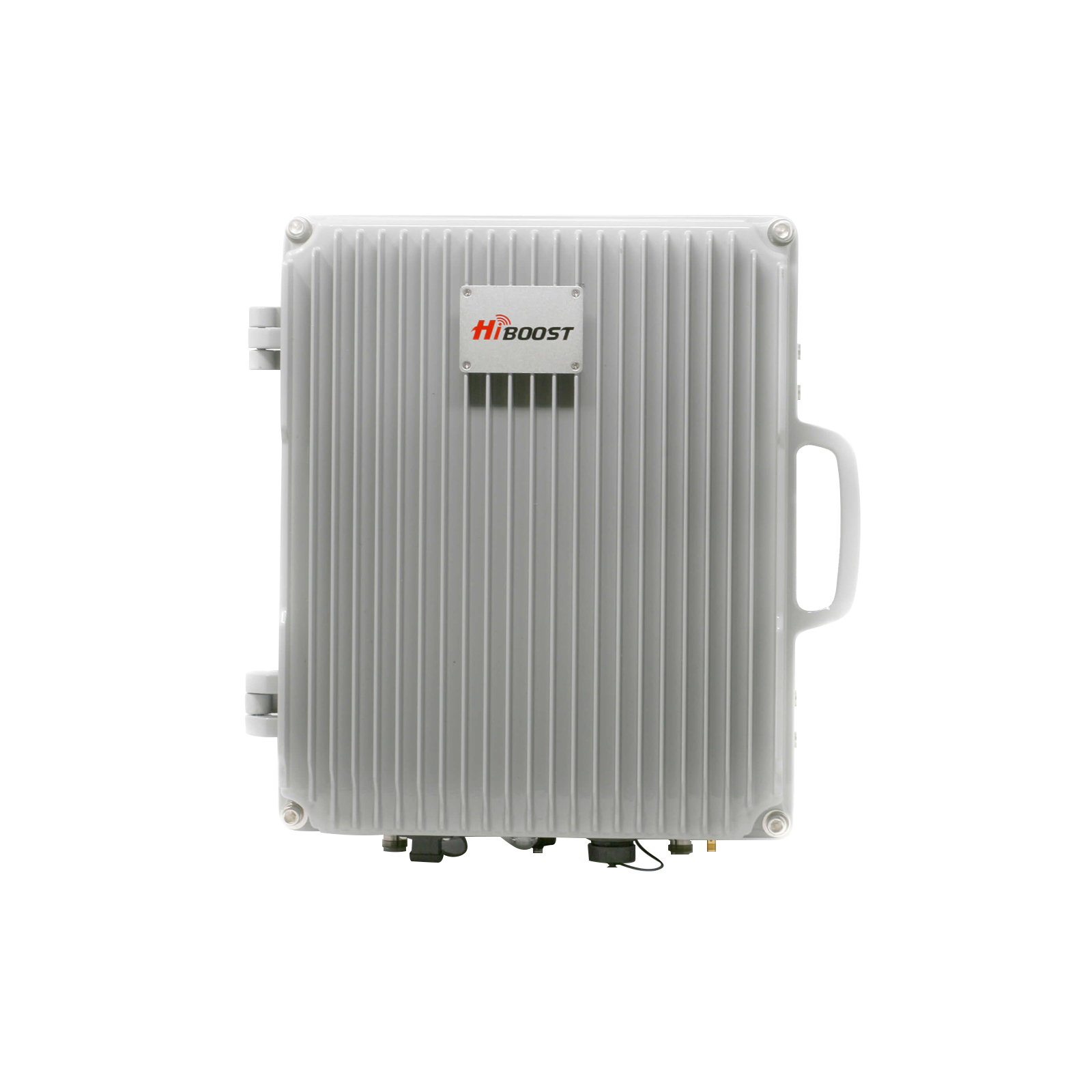
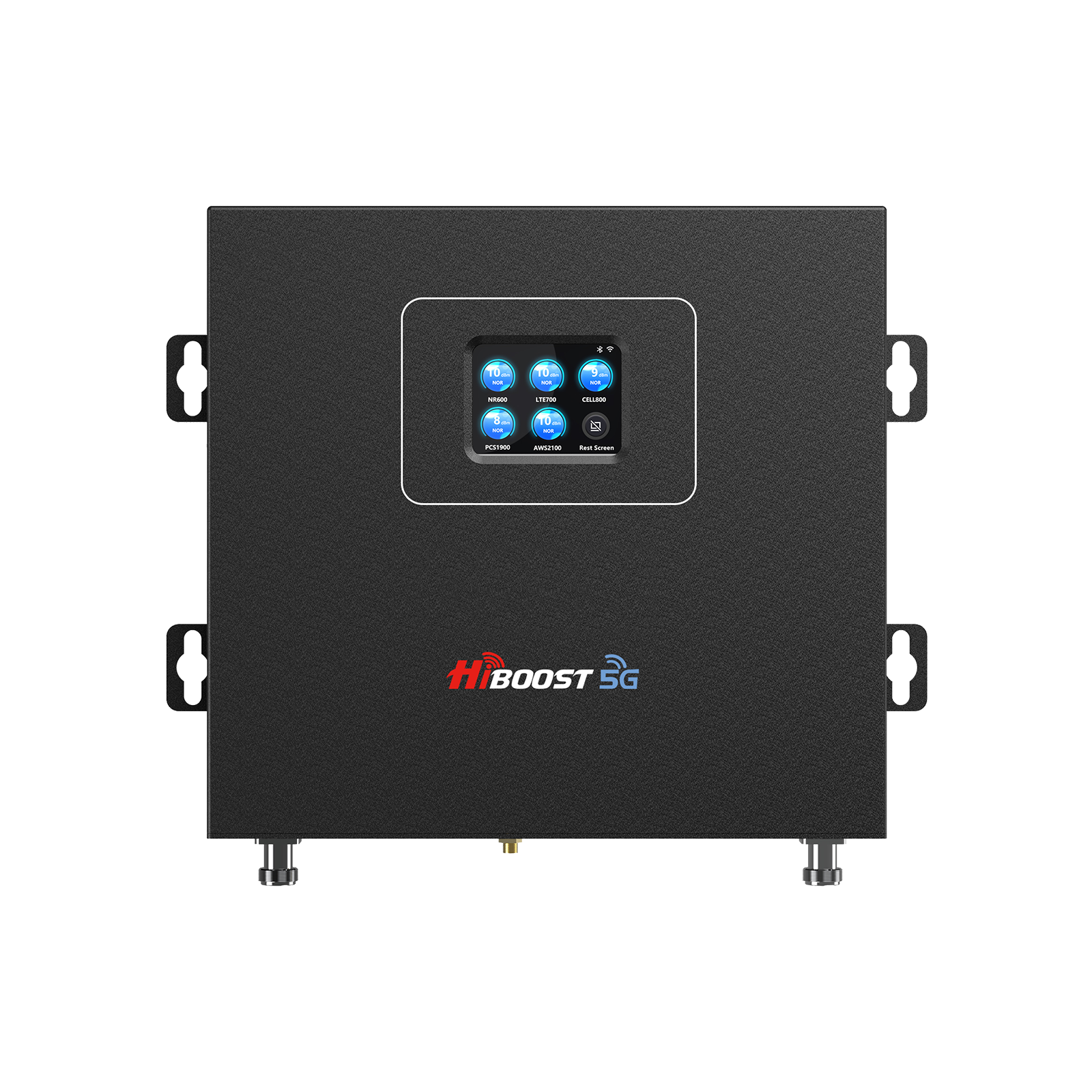
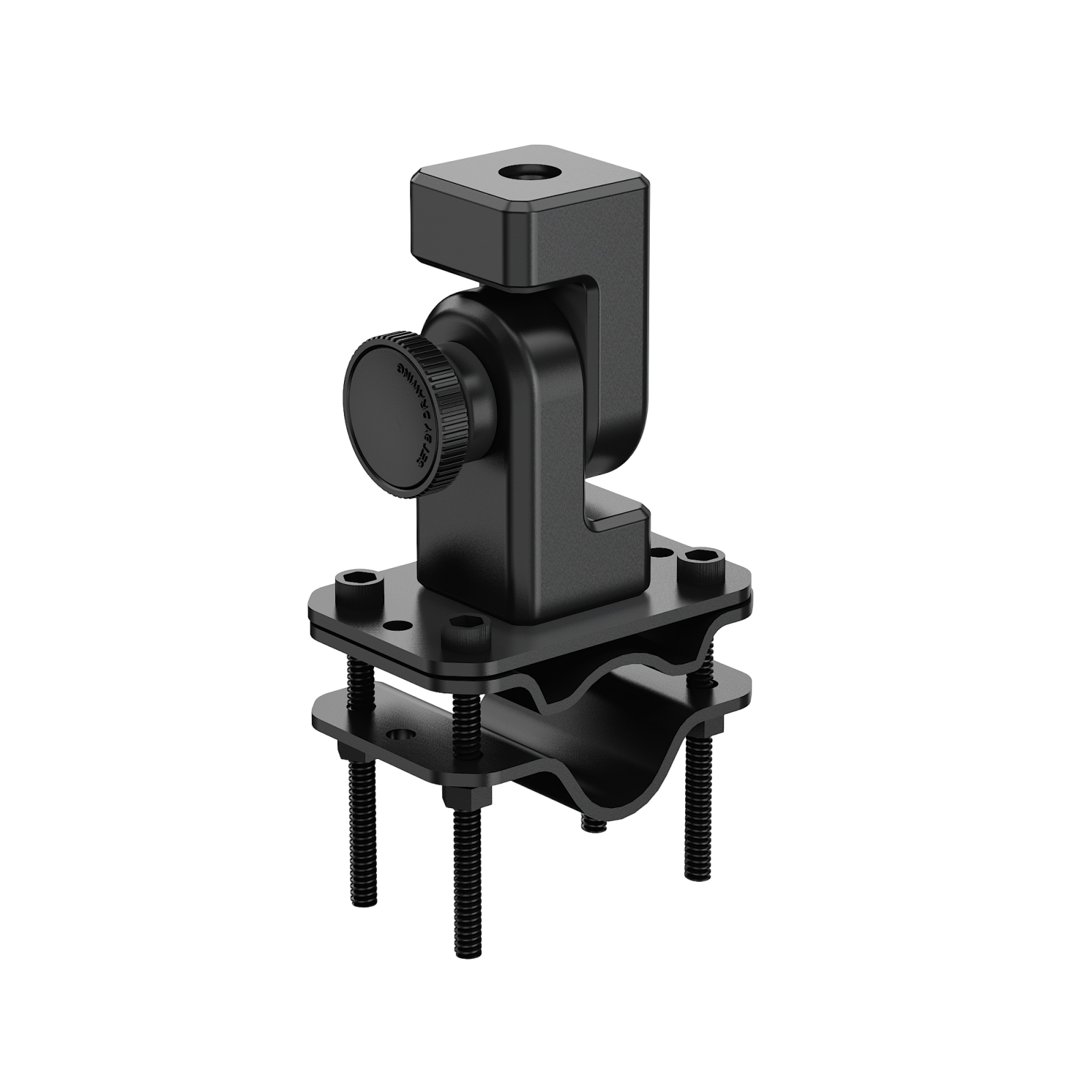
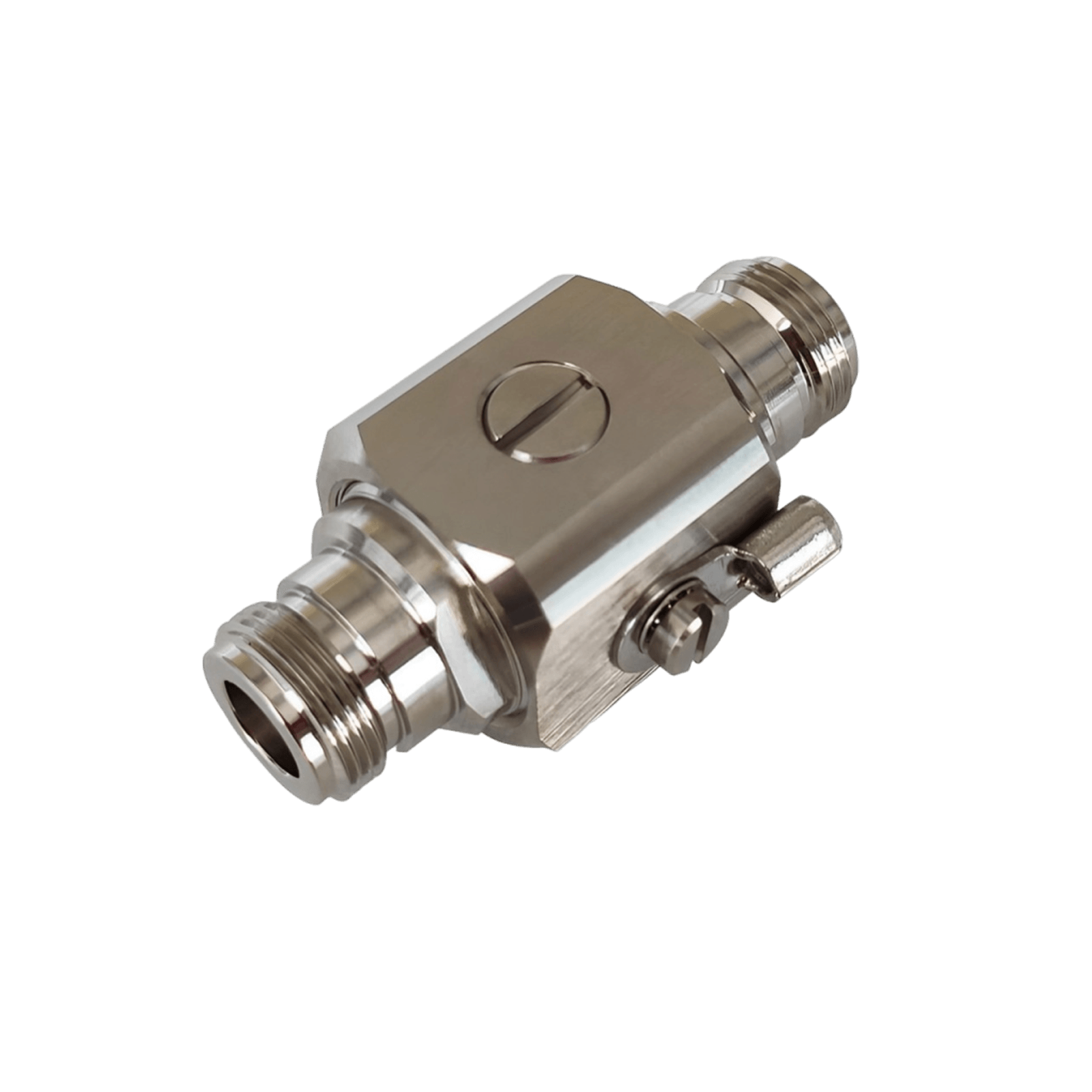
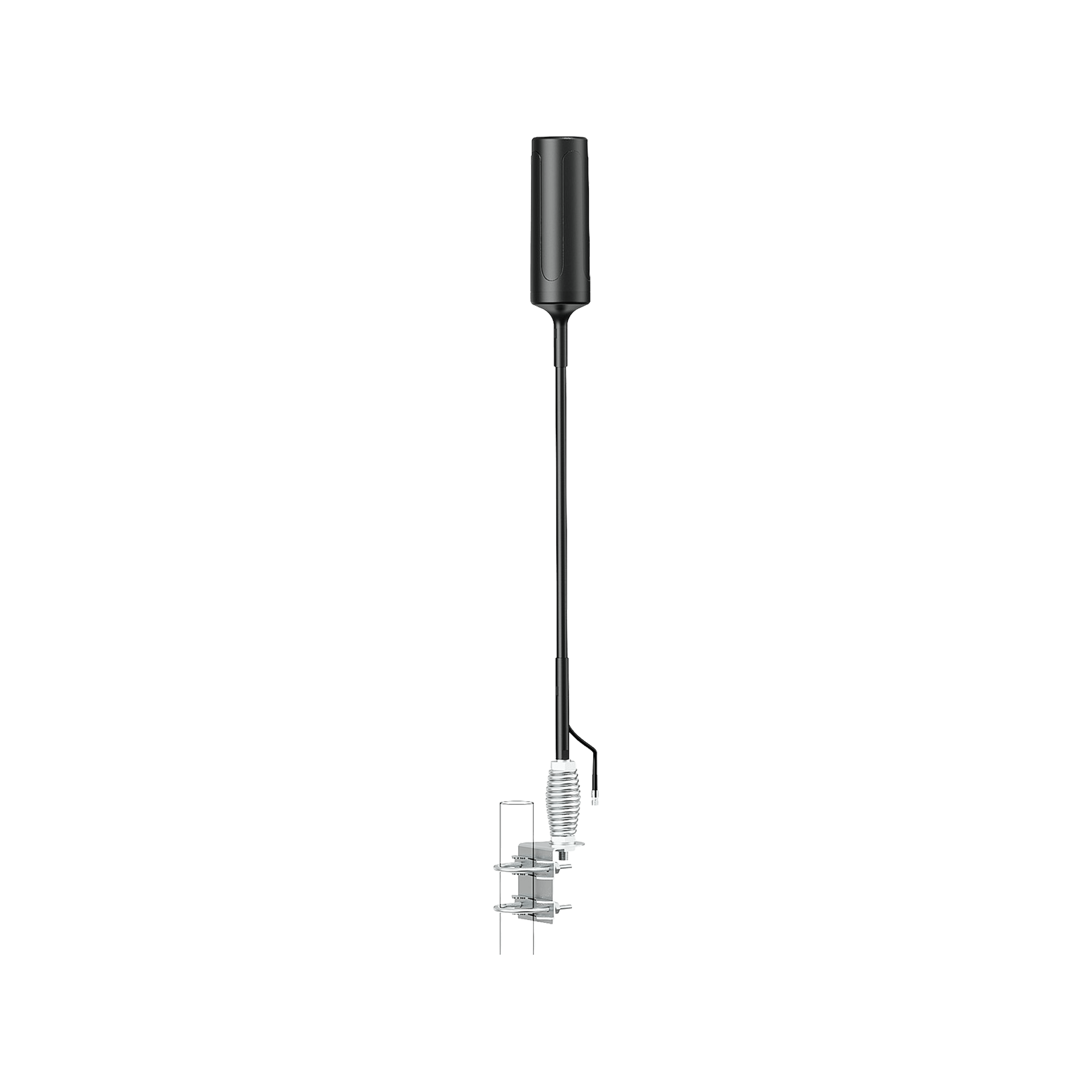
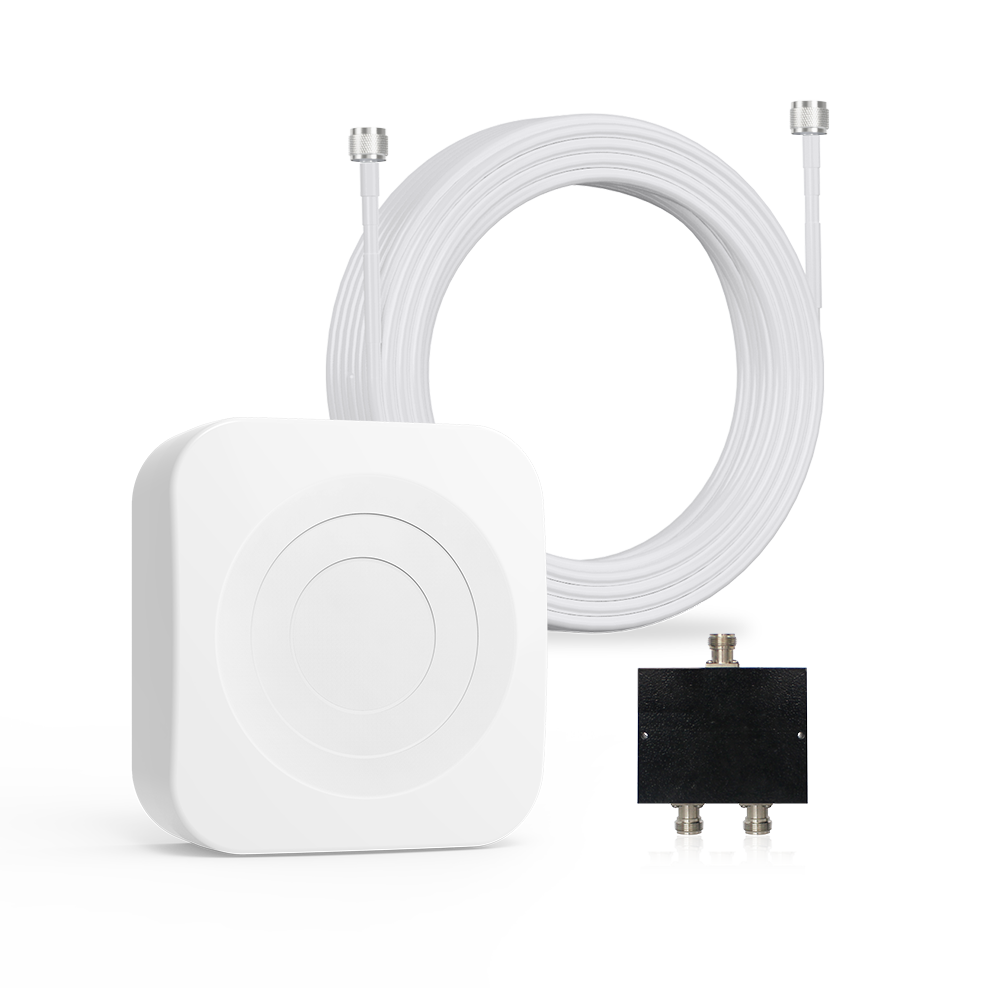
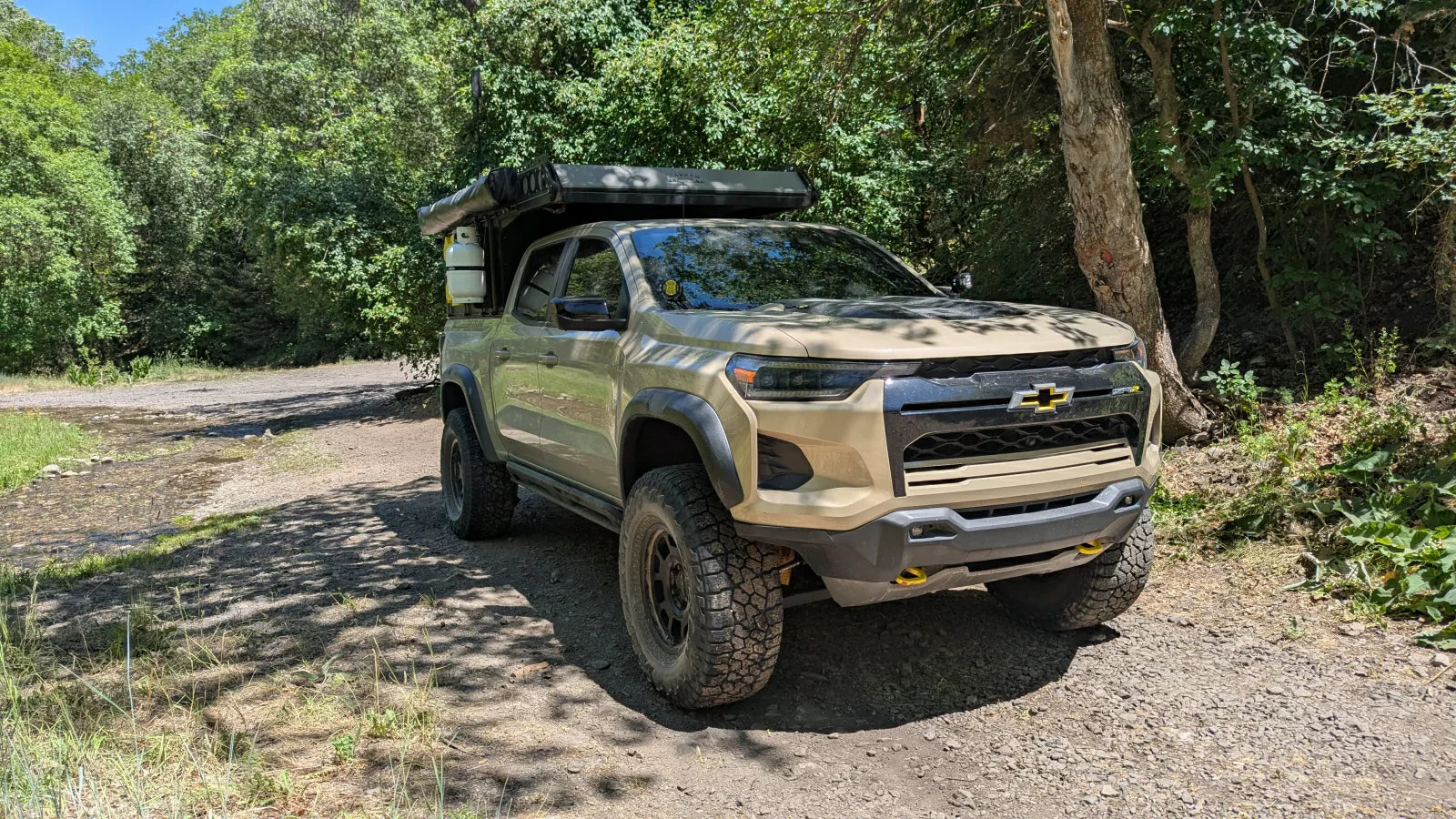

Leave a comment
This site is protected by hCaptcha and the hCaptcha Privacy Policy and Terms of Service apply.